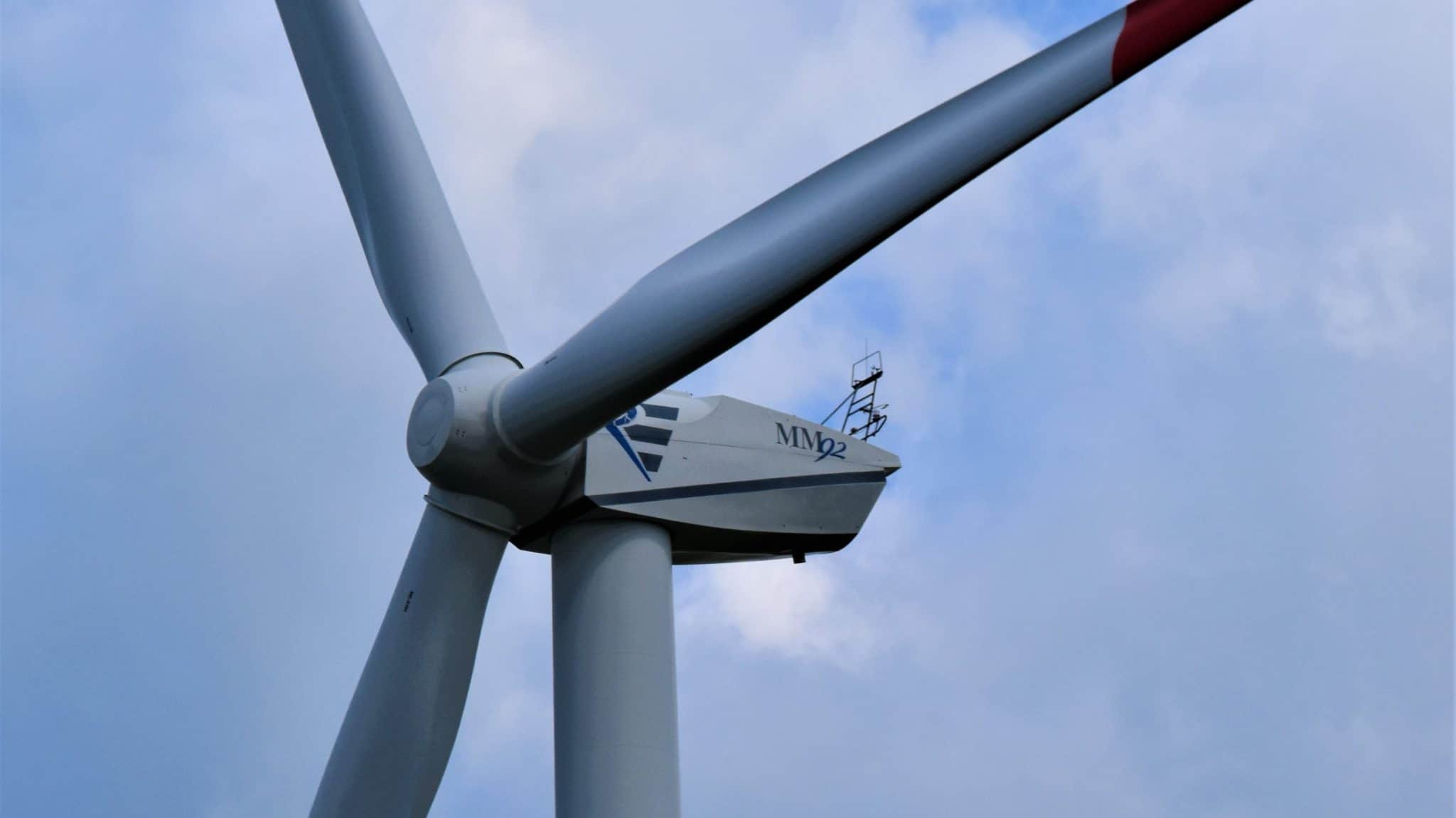
The stakes are high when working at sea. So it’s not surprising that there are a number of injuries sustained by offshore wind farm workers each year. A report published in the summer shows a total of 123 injuries were recorded in 2019, up from 118 in 2018. All offshore operators need to have rigorous safety systems in place, but is the current model fit for purpose? Paul Grimshaw, chief technology officer at Sennen, shines a light on safe systems of work and examines how technology could make things safer.
Working on an offshore wind farm presents a unique set of risks. It’s no wonder that the industry has had to work very hard to develop systems and procedures that put the safety of its workers first.
When Renewable UK introduced a new set of turbine safety rules in 2013, it was because they recognised that a system designed for traditional power stations was not suitable for wind farms – onshore and offshore. A system tailored to remote working was needed, and so Wind Turbine Safety Rules (WTSR) were born.
Creating a safe environment
There’s no doubt that WTSR has given the industry a much-needed framework for creating a safer environment to work in. They cover the majority of work associated with wind turbines from a general safety point of view as well as protecting people against low voltage electrical injuries caused by equipment that hasn’t been isolated, blocked or de-energised. But the system does have limitations. Some activities associated with turbine working don’t fit within WTSR and they need a special permit (Permit to Work) instead. These include high voltage tasks, hot works, such as welding, and working in confined spaces. These higher risk activities need to be authorised by someone with specific qualifications and they need to be completed using bespoke procedures, which WTSR don’t allow for.
But, for offshore wind farm operators, having two safety systems in place can be problematic. WTSR and Permits to Work have to be managed and recorded separately either using software or spreadsheets. Technology offers a means to mesh together all safe-working rules into a single platform, ultimately creating a safer environment and a more auditable record.
How can we do better?
An important part of our role as suppliers to the sector is to challenge the status quo and examine how things can be done smarter. We know that technology, when it’s crafted for a specific purpose, has the capacity to completely transform how things are done. Technology is one of the many tools needed to do a job well, and there is a real opportunity for it to improve the industry’s safety record.
There are a few ways that software systems are used to keep people safe, such as:
– Validating team members’ qualifications for the jobs they are assigned
– Managing restrictions and ensuring they are acknowledged prior to work starting
– Visualising actual and forecast site conditions
– Smart tools to assess accessibility and risks associated with crew transfer
– Monitoring personnel locations in real time
Building an online platform which brings together WTSR and the wider permit to work process is just one way of doing this. This could naturally simplify and streamline the permitting process and the potential gains in terms of safety and efficiency would be significant.
Once all these processes are digitised, integrating other data sources can take it to the next level, such as:
– Integrating SCADA to automate permit checkpoints, confirming key stages of work have been completed
– Use of data integration to block permit progression and warn technicians when weather conditions deteriorate
– Ensuring all permits are synchronised and checkpoints carried out in the correct order across multiple permits in different locations
– Automating release of keys from locker systems to relevant qualified and approved individuals, and logging the events
New standards for offshore working
Gone are the days when permits would be issued on paper and managed via a wall of lockers. There’s no doubt the industry has moved on quite some way since then. However, with the right thinking, the system could work so much better than it presently does. Rather than simply mirroring the historic development of the rules, we need to have an eye on what’s coming next and how technology can flex to tomorrow’s needs.
We will never be able to eliminate human error or entirely remove risk, but there is room for improvement and it’s exciting to think what can be achieved. Perhaps it’s the industry’s turn to set the gold standard in safety for others to follow.